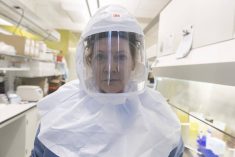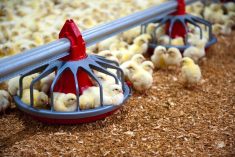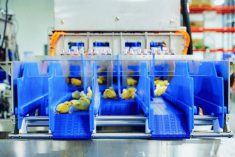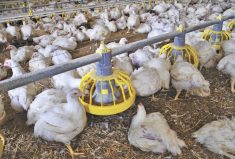Researchers are looking at substitutes to protect against pathogens as poultry producers around the world move away from the use of antibiotics.
Why it matters: Pathogens and disease can reduce the quality of life and average daily gain for poultry. Substitutes to aid the immune system in fighting disease are among the options.
As producers move away from the use of antibiotics they rely more heavily on the immune system of birds.
When birds use their innate immune system to kill pathogens, inflammation and other methods engulf and kill the pathogen.
Read Also
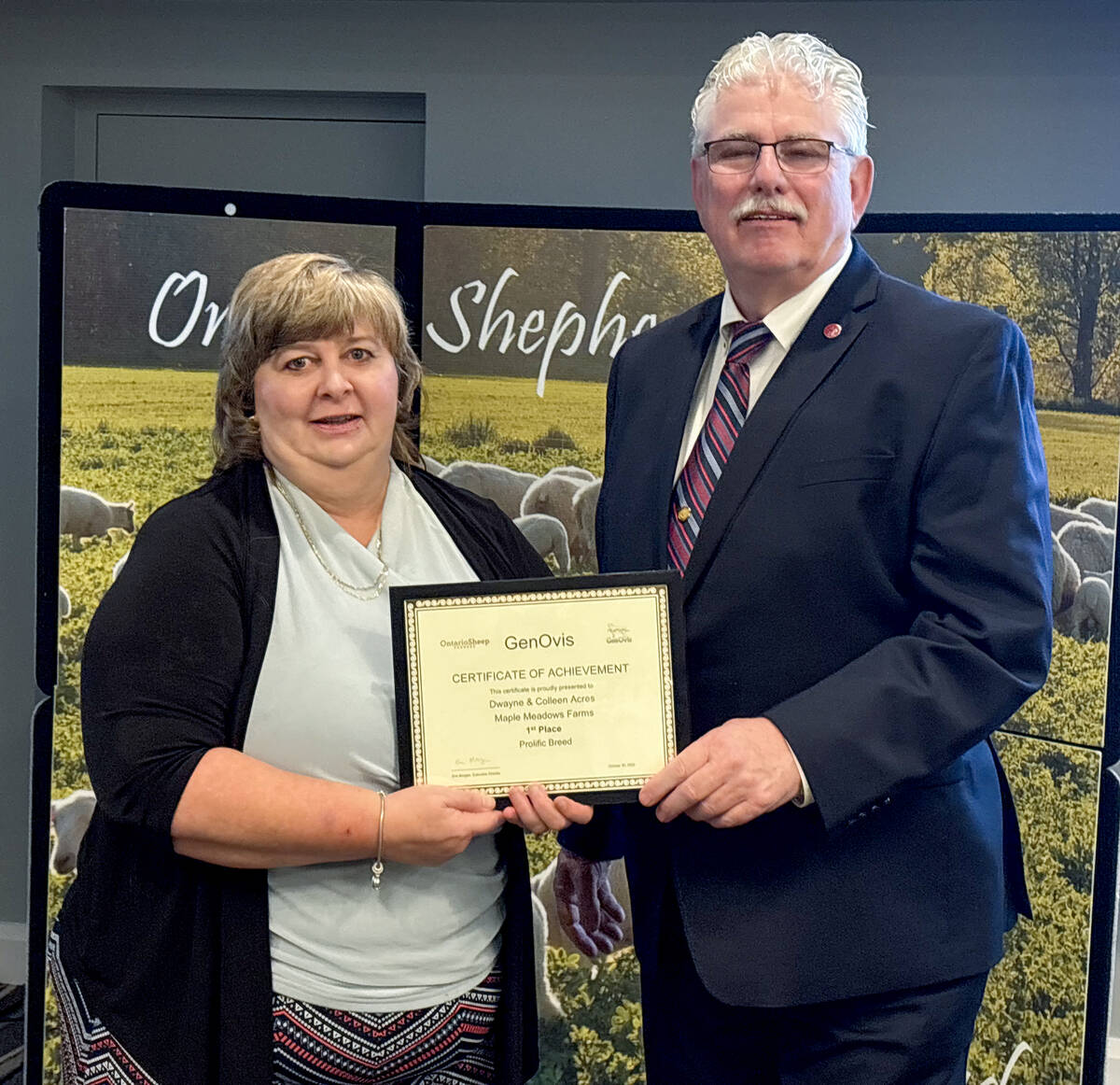
GenOvis awards presented at Ontario Sheep Farmers’ annual meeting
Producers and youth were recognized for their contributions during the Ontario Sheep Farmers’ annual GenOvis and leadership awards.
From a production standpoint this response will cause systemic effects in the bird.
“Very often this is where we see reductions in performance, and a loss of efficiency,” says Dr. Doug Krover with the University of Alberta, during a virtual seminar held by the Animal Nutrition Conference of Canada.
A study completed by Roura et al., in 1992, found that in the absence of a growth promoting antibiotic, birds raised in a clean environment had a better average daily gain than those grown in an unsanitary environment.
Many substitutes for antibiotics have been shown to be effective under commercial conditions, and they often work in combination with others.
Studies show a direct or indirect influence on the innate immunity or inflammation through cell culture, gene expression, or plasma/tissue mediators of inflammation.
“But really the question we need to ask: Are there links to effects on performance?” says Krover. He outlined the numerous alternatives:
Probiotics
Probiotics are the original alternative designed to replace antibiotics. When beneficial bacteria are attached to the intestines, the pathogens don’t have a place.
“There are other mechanisms that are likely involved with various probiotics. It’s a huge diverse field.”
Aside from probiotics, which are live bacteria, there are prebiotics, made up of indigestible compounds. These are available to specific classes of commensal microbes and feed the good bacteria.
This helps can reduce the competitive advantage for pathogens.
Oligosaccharides
Oligosaccharides, digestible by some classes of microbes in the gut, are another option to help the chicken immune system.
Intestinal cells have carbohydrate residues on their surface, acting as binding sites for microbes.
“All of these saccharides also are carbohydrates and take out binding sites on the pathogens. If the pathogens cannot bind to the intestinal surface, they are washed out of the digestive tract,” says Krover.
Yeast
Yeast products also provide a wide variety of compounds.
A study completed, but unpublished by Rickie, Krover et al. found that in vitro the presence of yeast products within the cecum of the birds reduced the growth and numbers of salmonella.
“This is another potential part of the antibiotic replacement picture,” says Krover.
Plant extracts
Plant extracts provide a wide range of options, with different compounds, mechanisms and targets.
Macleaya cordata as an example, contains common ammonia compounds, sanguinarine and chelerythrine, that may have a biological effect.
A study completed by Khadem et al. in 2014 shows that a reduction in use of plant extract caused a reduction in weight gain. The more plant extract that was used, the greater the increase in daily body weight gain.
Enzymes
Enzymes, specifically non-starch polysaccharides, have an indirect effect on microbes as they reduce digestive viscosity creating a less hospitable environment.
“They reduce the substrate available, the indigestive and unabsorbed nutrients, for pathogen growth.”
As well, they are known to generate xylo-oligosaccharides, which can act as prebiotics, and occupy a binding site on pathogenic organisms.
Organic acids
Organic acids, weak acids included in feed and the water, dissociate inside the cell of bacterial cells as they are absorbed.
“The organism then expends a lot of energy trying to maintain pH within the cell and that reduces their efficacy of proliferation,” says Krover.
Butyrate, a four carbohydrate fatty acid, which is the preferred fuel for intestinal cells, is also known to reduce gut inflammation.
“It reduces the exposure of tissues to pathogenic bacteria, basically makes it a stronger barrier.”
Essential oils
Another viable options for replacing antibiotics include essential oils. They affect membrane cell permeability.
“(This makes) it harder for those cells to remain viable.”
Antibiotics used in commercial production cover a wide range of problematic organisms and it’s important for the replacement strategies to be broad spectrum. Producers need products with multiple mechanisms and use products with a broader base including different combinations at once.
“Antibiotics mask the potential challenge to birds. If we remove that mask, it might expose holes that can increase the risk of bacterial infection. Individual products may be very good at one thing but not others,” says Krover.







